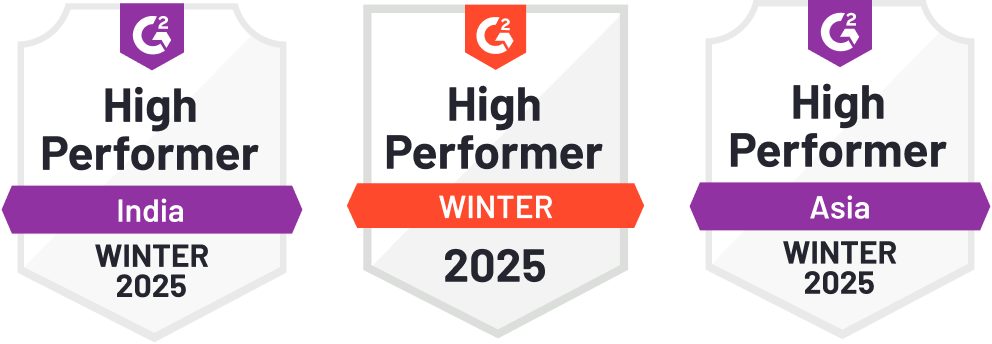Understand the statistics of your campaign
Understand the statistics of your campaign In this article Step 1: Access statistics Step 2: Filter and search campaigns Step 3: Understand the overall statistics You will learn: Learn how to search and understand the overall statistics of your campaign performance, including metrics such as opens, clicks, bounces, spam reports, and more. Step 1: Access statistics From the Kasplo SMTP/API dashboard, navigate to the “Statistics” section. Here, you’ll find a “List of Your Campaigns” along with insights for each campaign. Step 2: Filter and search campaigns Use a filters to search a specific campaign Range: Filter your statistics by a specific date range. You can view data for a single day, a week, a month, or a custom period. Recipient Domain: This is useful if you want to see how your emails are performing for a particular company or industry (@kasplo.com, @gmail.com, @example.com). Sending Domain: Filter statistics based on the sending domain to analyze performance for different email accounts or platforms. Search by Email: You can search for specific emails by entering the email address in the search bar. Click the “Search” button to filter the results, or click “Reset” to clear the filters. Step 3: Understand the overall statistics From the “List of Your Campaigns,” you can view the performance metrics of your successfully completed past campaigns. Submitted: Total number of emails sent to your email provider. Delivered: Total number of emails successfully delivered to recipients’ inboxes. Opened: Total number of emails that recipients opened. Clicked: Total number of clicks on links within your emails. Unsubscribed: Total number of recipients who unsubscribed from your mailing list. Bounces: Total number of emails that bounced back due to invalid email addresses or other delivery issues. Spam Reports: Total number of emails flagged as spam by recipients. Related articles How to Import reviews using Kasplo Reviews? How to collect product reviews using Kasplo Reviews? How to change the look and feel of your review widget? How to collect picture reviews using Kasplo Reviews? Book a meeting


